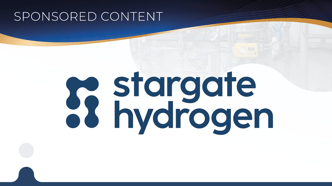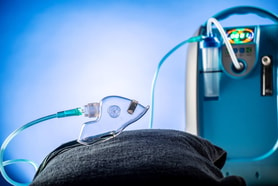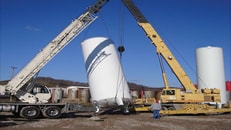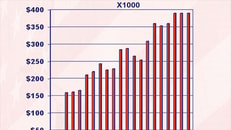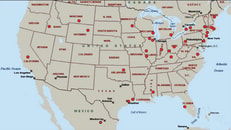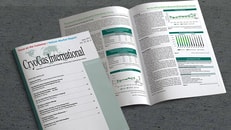Protecting Your Employees Against Heat Hazards
As seasonal temperatures climb, employers must consider their potential liabilities for not protecting employees against the hazard of heat. This hazard can involve employer legal duties under many laws, including: OSHA (Occupational Safety and Health Act), State OSHA regulations; Americans with Disabilities Act; Criminal Law; Workers’ Compensation; and Third- Party Liability (Outside Contractors).
OSHA Liability While federal OSHA does not have a standard relating to the hazard of heat, it regulates the hazard of heat exposure in the workplace under the General Duty Clause (Section 5(a)(1)). Heat is a “recognized” hazard to human safety and health. Its impact on employees ranges from nausea to death, depending upon exposure. OSHA requires employers to evaluate whether a heat hazard exists by evaluating the temperature and humidity conditions within the workplace. If a heat hazard exists, employers must develop means and methods to protect employees from heat hazards. These range from changes in work practices (rest breaks, job rotation), to personal protective equipment (cooling vests), to engineering controls (ventilation, cooling rooms). Employers who fail to take such steps are subject to citations and monetary penalties.
When an employee becomes incapacitated by heat and requires medical treatment, loses consciousness, has days away from work, or restricted duty—or dies—this information must be recorded on the OSHA 300 Log. Widespread heat related illnesses may prompt an employee to contact OSHA, resulting in an on-site inspection. Heat-related illness can temporarily diminish an employee’s mental capacity and physical coordination, and excessive heat can cause employees to lose focus or muscle control, injuring themselves or coemployees. This is a particularly acute problem when operating mechanized equipment or working around hazardous machinery. OSHA also mandates there be adequate First Aid assistance provided by the employer or reasonably available from third party responders (e.g., EMTs, fire department) within three to five minutes to provide emergency medical assistance to heat stricken employees.
Heat-related illness can temporarily diminish an employee’s mental capacity and physical coordination, and excessive heat can cause employees to lose focus or muscle control, injuring themselves or coemployees.
Personal Protective Equipment—A Heat Hazard OSHA regulations require that employees in many workplaces wear personal protective equipment (PPE). Often overlooked is that PPE can create a heat hazard. For example, employees in a foundry may be required to wear flame retardant clothing or painters in a spray booth may wear protective clothing. Either of these activities can prevent the release of an employee’s body heat thereby causing the employee’s internal temperature to rise. In developing a heat illness program, the employer must consider the possibility that PPE will create heat hazards.
... to continue reading you must be subscribed






